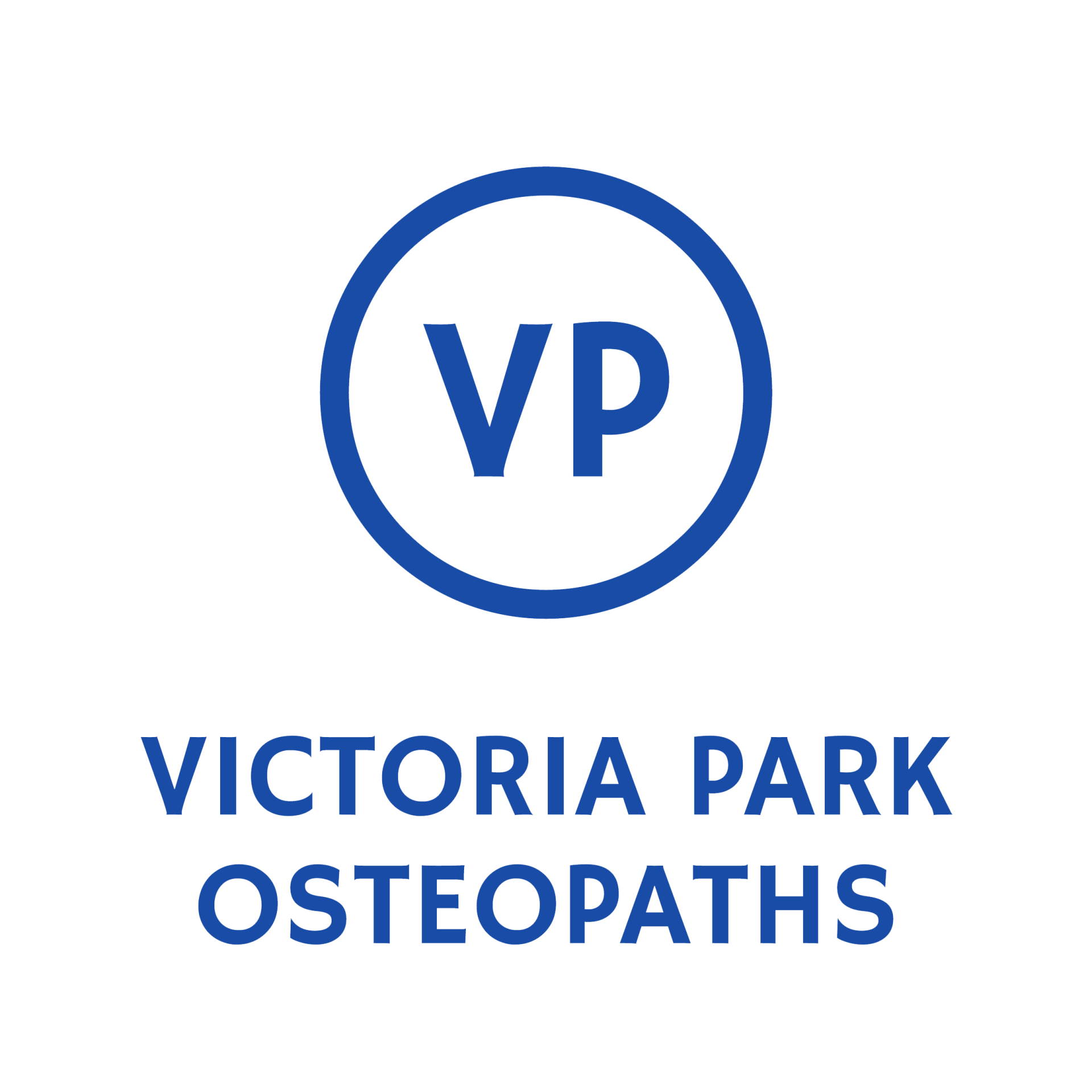What is Hip Osteoarthritis?
Hip osteoarthritis is a degenerative condition affecting the cartilage, bone, and joint capsule of the hip. Over time, the smooth cartilage that cushions the joint can wear down, leading to stiffness, pain, and reduced mobility. It may develop gradually with age, or earlier in those with past injuries, altered biomechanics, or genetic predisposition.
While osteoarthritis is not reversible, symptoms can often be well-managed with the right treatment, lifestyle changes, and joint support.
Symptoms & What You May Experience
Common features of hip osteoarthritis include:
- Deep aching pain in the hip or groin
- Pain referring to the buttock, thigh, or knee
- Stiffness, especially in the morning or after rest
- Reduced range of motion (e.g. difficulty putting on shoes or crossing legs)
- Clicking, grinding, or a feeling of joint restriction
- Increased pain with walking, stairs, standing, or weight-bearing
- Muscle weakness around the hip or pelvis
- Symptoms that ease with gentle movement but worsen with overuse and are stiff for up to the first 30 minutes after waking.
Symptoms often fluctuate, with flare-ups and more settled phases.
What causes Hip Osteoarthritis?
Hip osteoarthritis develops due to a combination of factors, such as:
- Age-related cartilage changes
- Previous injury or trauma to the hip
- Developmental hip conditions (e.g. dysplasia)
- Repetitive strain or heavy loading
- Joint inflammation or altered biomechanics
- Muscle weakness and reduced support
- Family history or genetic influences
- Excess body weight increasing joint load
Often, several contributing factors overlap.
How We Help (At Victoria Park Osteopaths)
Our management aims to reduce pain, improve function, and help you stay active:
- Hands-on manual therapy: mobilisation of the hip and surrounding joints to improve movement/function
- Soft tissue techniques: reducing muscular tension in the hip, glutes, lower back, and thigh
- Exercise rehabilitation: strengthening, stretching, and mobility exercises tailored to your needs
- Postural & gait advice: improving how you move to reduce joint load
- Activity modification & pacing strategies: helping you remain active without aggravating symptoms
- Education and self-management: guidance on movement, rest, flare-up care, and lifestyle changes
- Adjunctive therapies: such as taping, acupuncture, or dry needling when suitable
If needed, we can communicate with your GP or specialist about imaging, pain relief, or further referral options.
Recovery Time & What to Expect
- Osteoarthritis is a long-term condition, but symptoms can be significantly reduced with appropriate care
- Many people regain meaningful function and mobility through conservative treatment and exercise
- Flare-ups can be managed with pacing, movement, and support strategies
- In advanced cases, medical interventions (e.g. injections or surgery) may be considered — we can help guide that pathway
When to Seek Medical Review / Red Flags
You should seek further medical assessment if you experience:
- Sudden or rapidly worsening pain
- Inability to weight-bear
- Significant swelling, redness, or warmth over the joint
- Night pain that does not ease with position change
- Fever or systemic symptoms
- A recent fall or trauma leading to new hip pain


